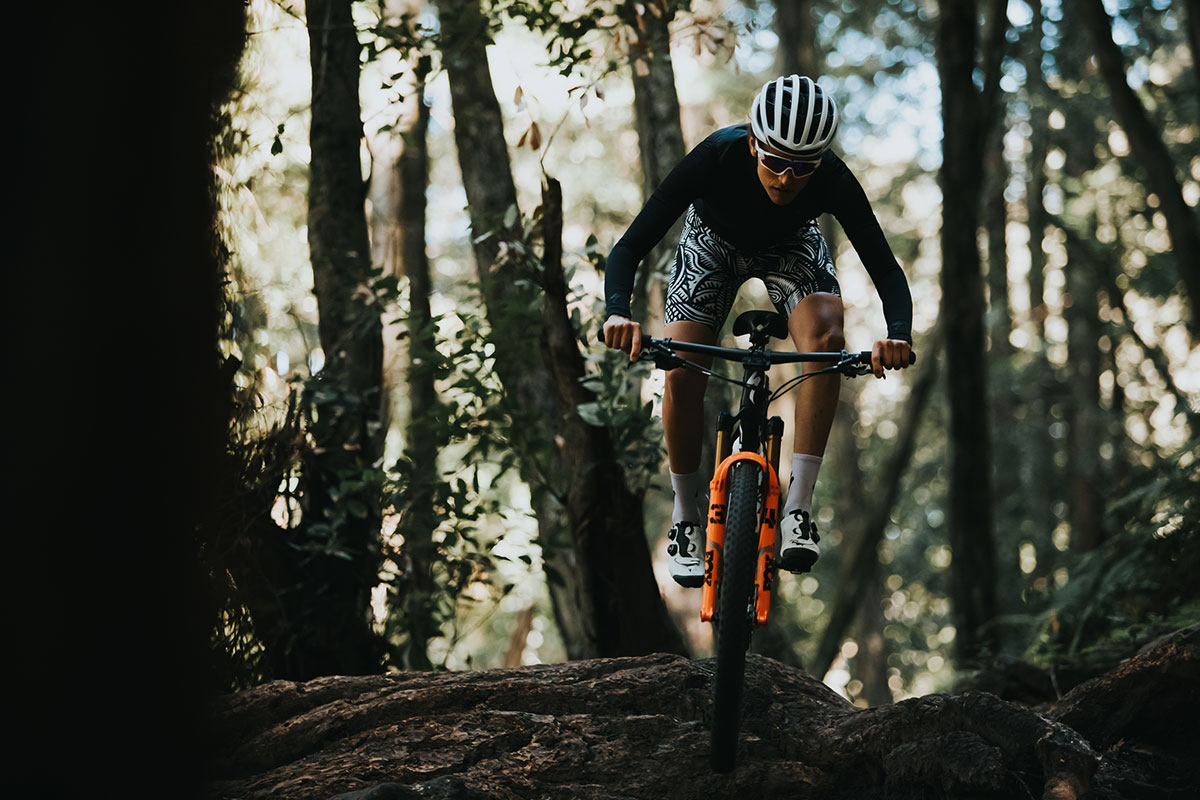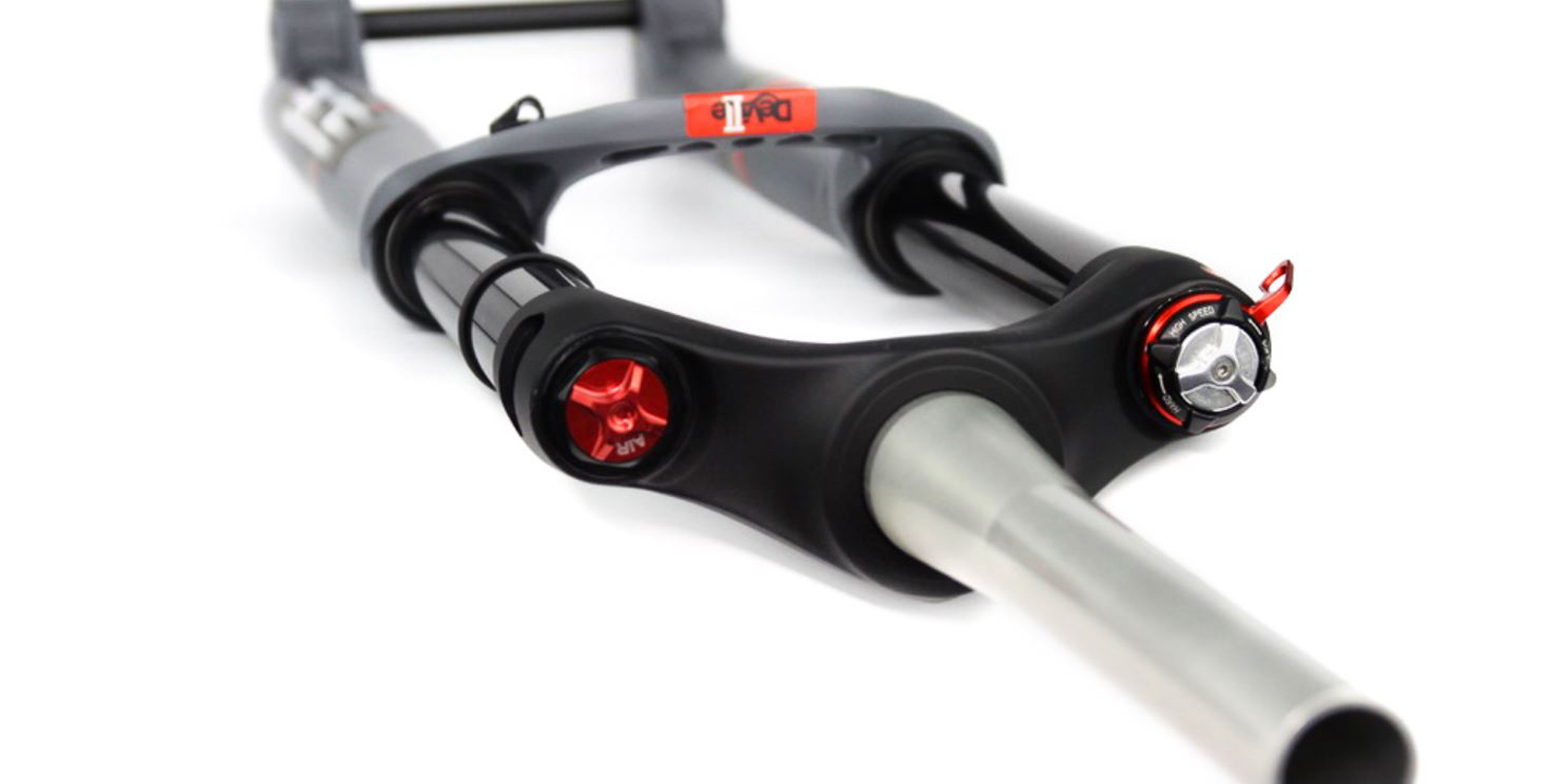We know, there’s no such thing as a stupid question. But there are some questions you might not want to ask your local shop or riding buddies. AASQ is our weekly series where we get to the bottom of your questions – serious or otherwise. Hit the link at the bottom of the post to submit your own question.
This week we’re taking on some serious suspension tech, delving into the world of rebound and compression damping adjustments. What actually happens inside the cartridge when you turn those external adjustment knobs? How does that change the suspension’s behaviour? Should you lock out your fork while climbing? What to do when the external adjustments simply aren’t enough? These questions and more are answered by the following experts:
- Giancarlo Vezzoli, Luca Rossi and Andrea Terzi at Formula
- Cornelius Kapfinger at Intend Bicycle Components
- Matt Hornland at FOX and Marzocchi
- Engineering Office at BOS Suspension
What actually happens inside a fork damper cartridge when you turn the compression and rebound dials?
BOS Suspension: In 75% of the technology, the clickers are moving a needle which has a cone form. This will affect the bleed section of the adjuster you are playing with. Some of the technologies have a valve and a spring. When you are changing the clicks, you are adjusting the preload of the spring and this will affect the threshold of the valve’s movement.
To make it simple, the adjuster offers more possibility to the oil for avoiding the piston and the shim stack resistance.
Intend: The so-called “Low Speed Adjusters” are only an orifice with adjustable size. But, the size does not change while you are riding. You can see that here on the example of my rebound assembly.
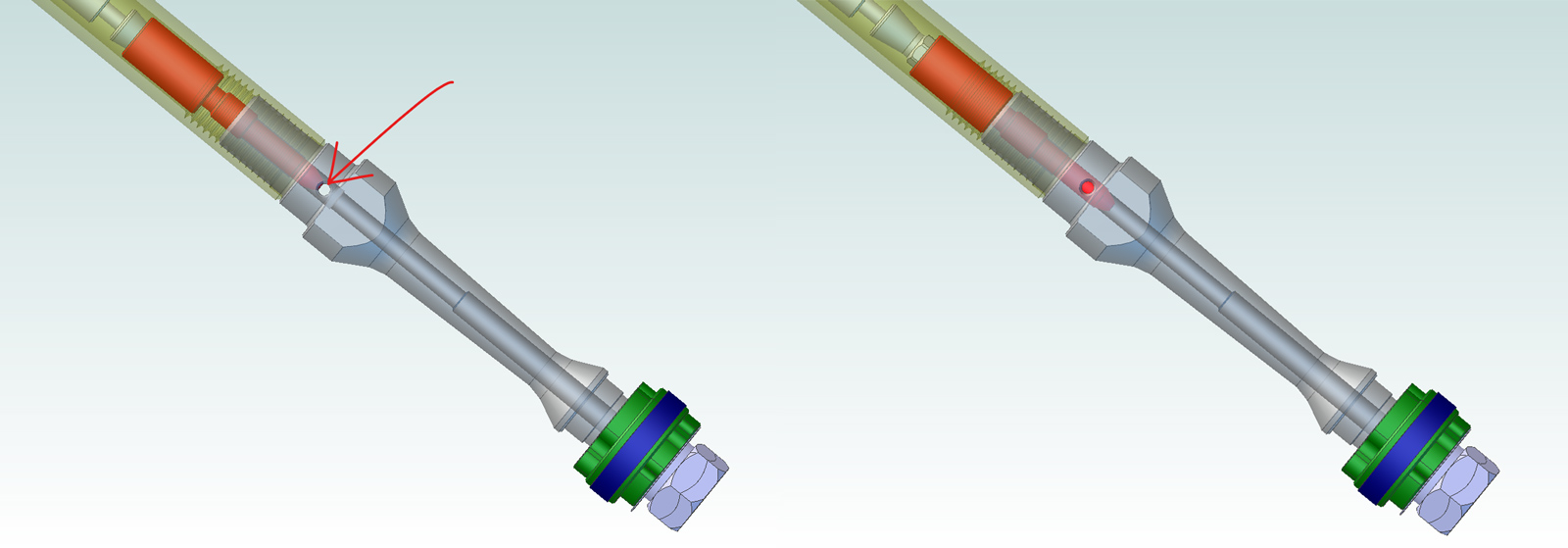
There is a small hole, which is open in the first picture (left) and closed in the second picture (right). The red adjuster on the inside is going to be threaded in when you turn your rebound adjuster.
FOX: The exact way this works will depend on your fork, but the simple answer is fluid travel is modified. Low-speed compression and rebound is usually controlled by using an orifice valve. This controls small amounts of oil that is allowed to flow freely around the shim stack. High-speed compression and rebound is usually controlled by using preload. This controls oil flow through shims that block ports on the piston by changing the force required to initiate the use of this valve. With something like FOX’s Variable Valve Control, the adjuster knob changes the leverage that the shim stack has over the leaf spring, instead of preload, reducing harshness as the initial force doesn’t change, but the slope of the damping curve can change.

Formula (Andrea Terzi): By turning dials in a fork cartridge, we can reach the best feeling for every condition and terrain with our bike. Technically, when we use it, we modify an oil flow that passes through a hole.
The mechanism of regulation is traditionally operated by a needle (conical or ogive shape) which flows in rectilinear motion controlled by a positioner. The more you turn the knob (in clockwise direction) the more the needle closes the hole.
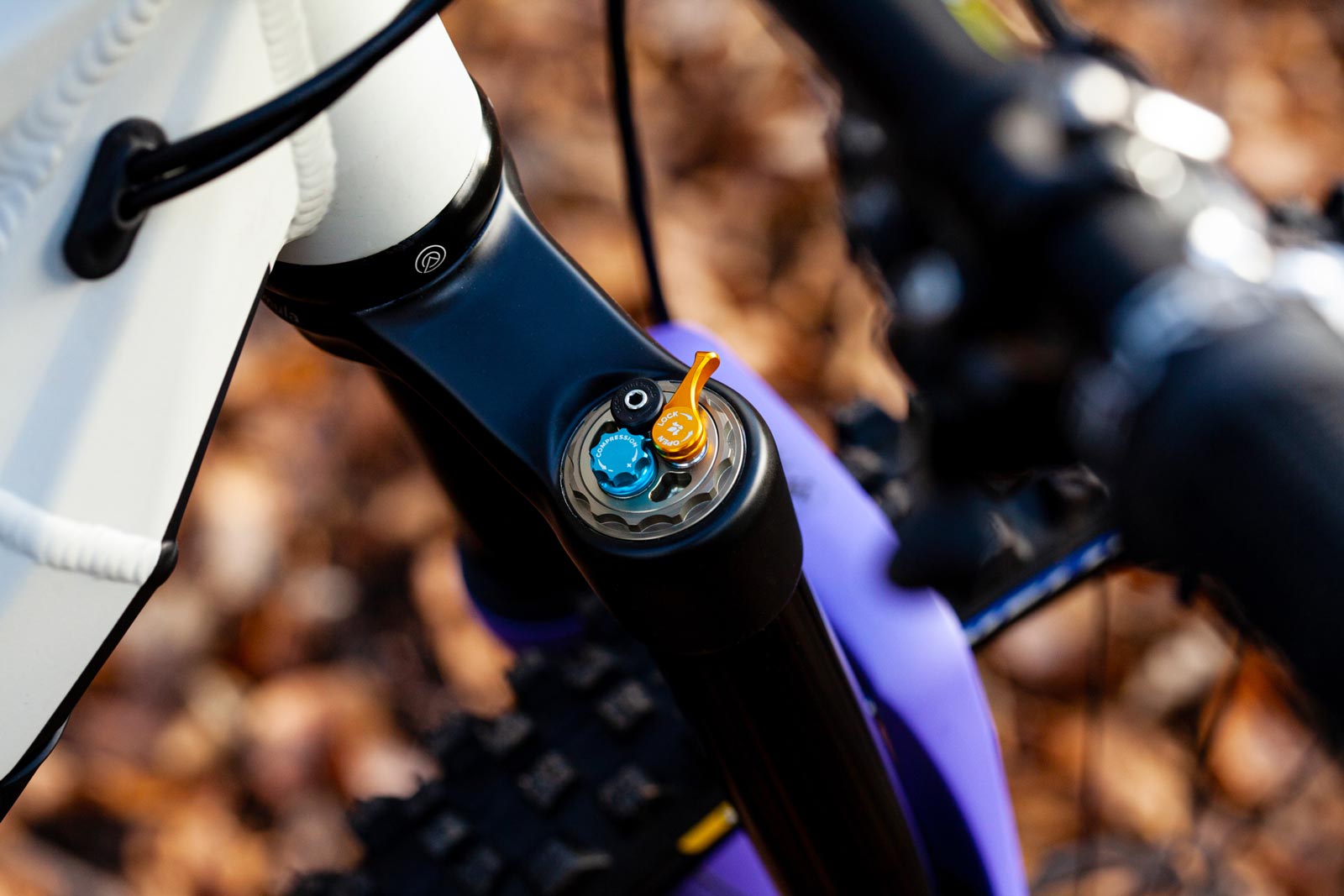
This increases the pressure value with the result to force the oil to flow through the piston holes, elastically deforming the shim stack. Deforming shims requires more force instead of passing through a free hole, so for this reason we feel the fork is harsh when we close the compression register.
My fork doesn’t rebound fast enough at the low pressures I need to run to achieve the desired 25% sag. I find it packs down, even with the rebound set to fully open. What can be done?
Intend: In this case, the rebound tune is to hard for your riding weight. This is a common problem with stock suspension. Even if you have a high-speed rebound adjuster it can be that the rebound stack does not fit. In this case it is best you take it to a tuning shop and get a proper setting according to your weight. Or you can simply use thinner oil in the damping. This also influences the compression damping, but is a cheap way to solve the problem. Or, you can buy an Intend fork. We can tune the fork based on your weight from the beginning.
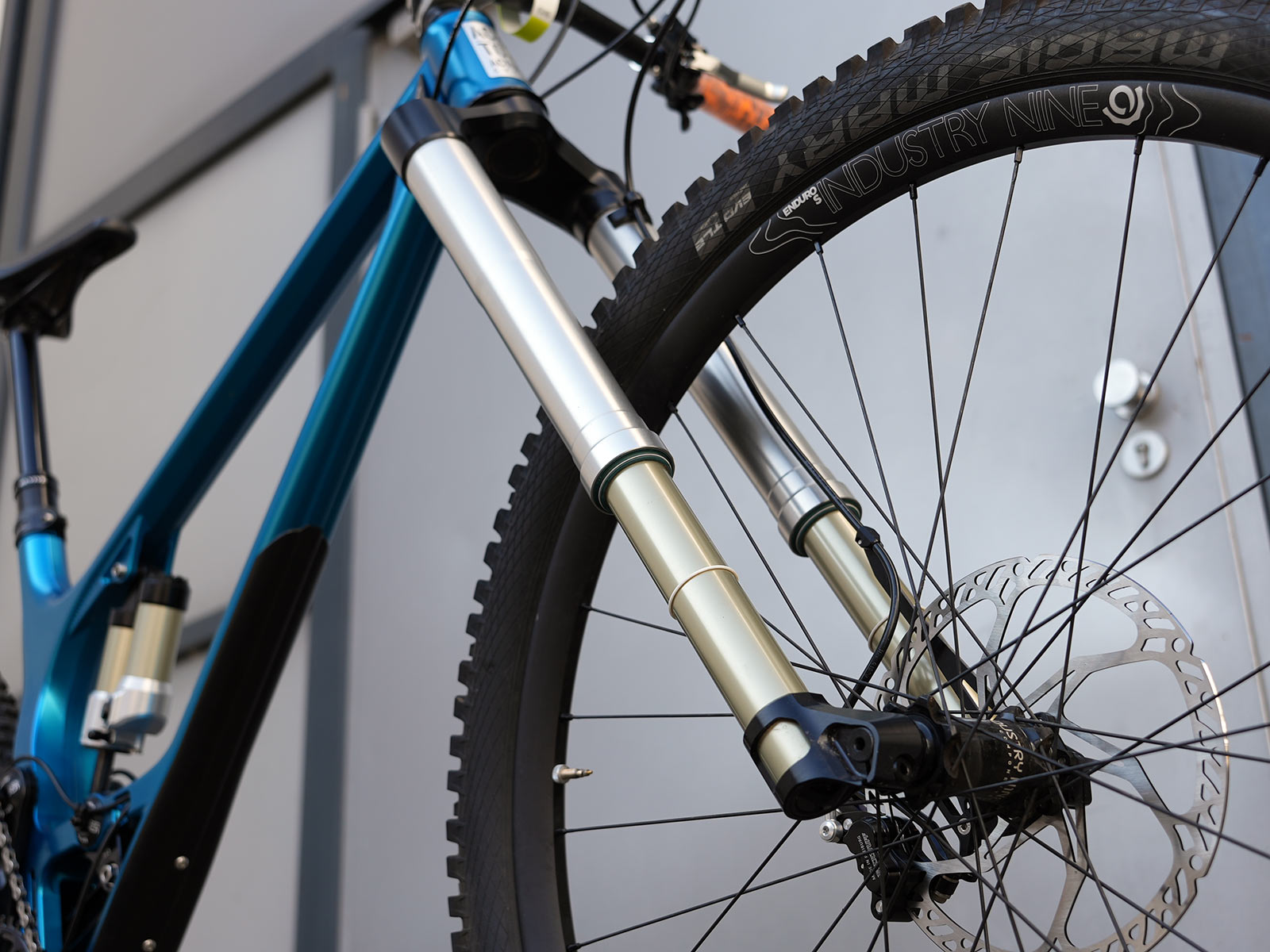
FOX: Unfortunately, there isn’t a simple answer for this one. What fork is it? When was the last time it was serviced? There are lots of factors at play and they would benefit from speaking to a service tech at their LBS or touching base with a service tech at FOX about what they might need to do.
Formula (Luca Rossi): We know there are many riding styles and some riders don’t find the “perfect bike” until they adjust it for the way they ride. It is precisely for this reason that we also have a cartridge with a high rebound flow in the spare parts list. While you wait for the cartridge with faster rebound, though, you can try to change the CTS to get a more shifted damping curve at high speeds (like a blue or a red one) or add more than one NEOPOS to keep the fork higher.
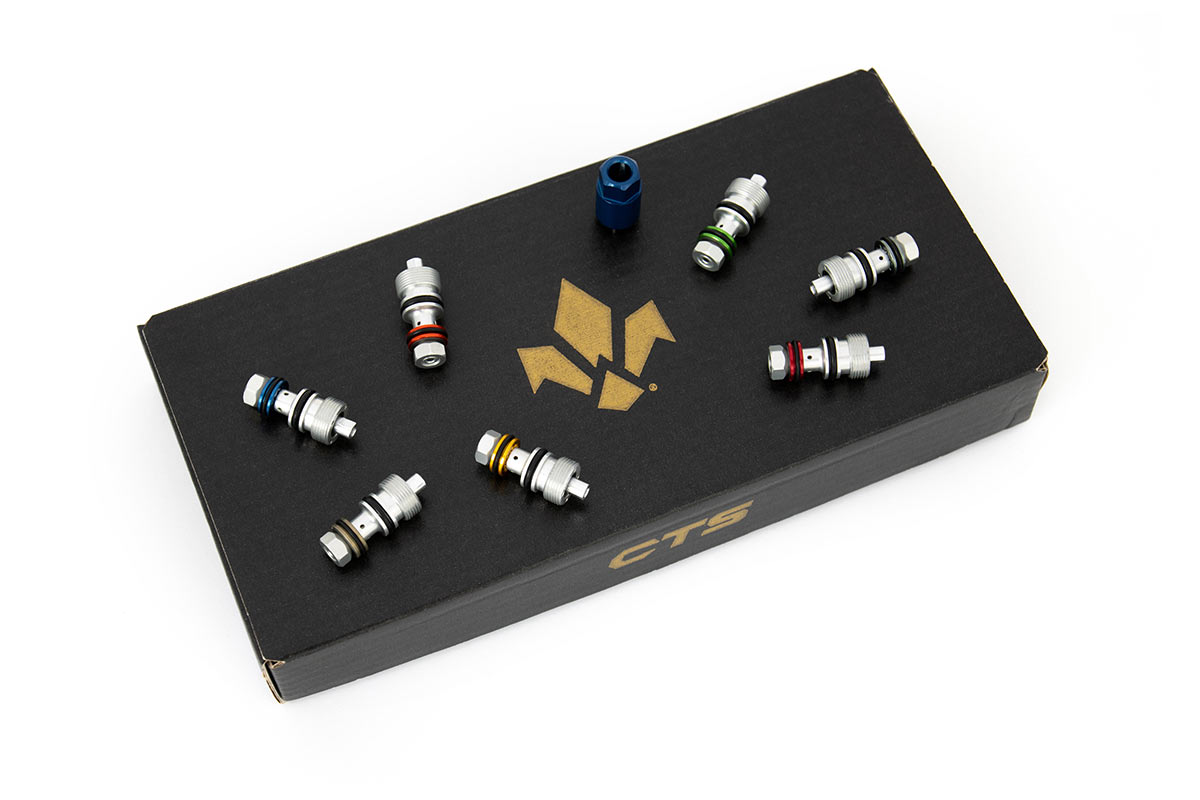
BOS Suspension: Changing the clicks or the shim stack of the rebound will not always be enough in this case. Basically, you will have to change the balance of compression/rebound to be able to reach the right dynamic ride height with lower pressures in the cartridge or with lower spring rates. You will have to compensate for the lack of support from the spring by adding some compression damping rate.
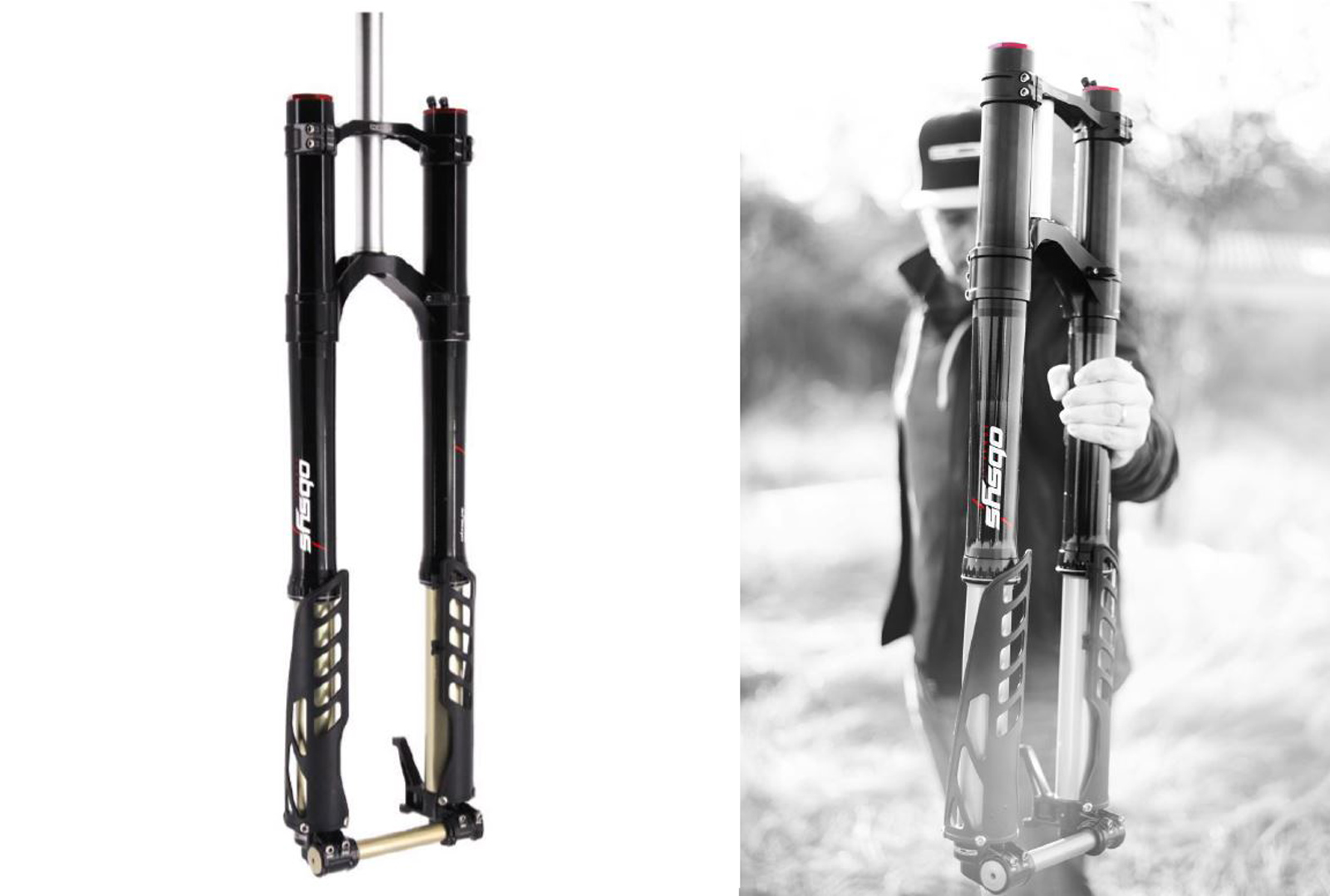
Should I fully close the compression dial on my fork for climbing?
FOX: This depends on your fork and your desired ride quality. On a more technical ascent, we would recommend riding in trail mode, or slightly less than “locked out” to get the benefit of some bump compliance. If you’re climbing on the road or on a fire road, locking it out is great.

Formula (Giancarlo Vezzoli): I assume we are talking here about a fork (or shock) without a lockout; switching to a firmer compression helps if it acts on low speed damping. However, it is really unusual because actuating a compression knob is not really an “on-the-fly” operation; it usually requires the rider to stop riding and adjust. Moreover, some of the products on the market don’t have a compression knob, so the operation requires a tool (which hopefully you’re carrying all the time).
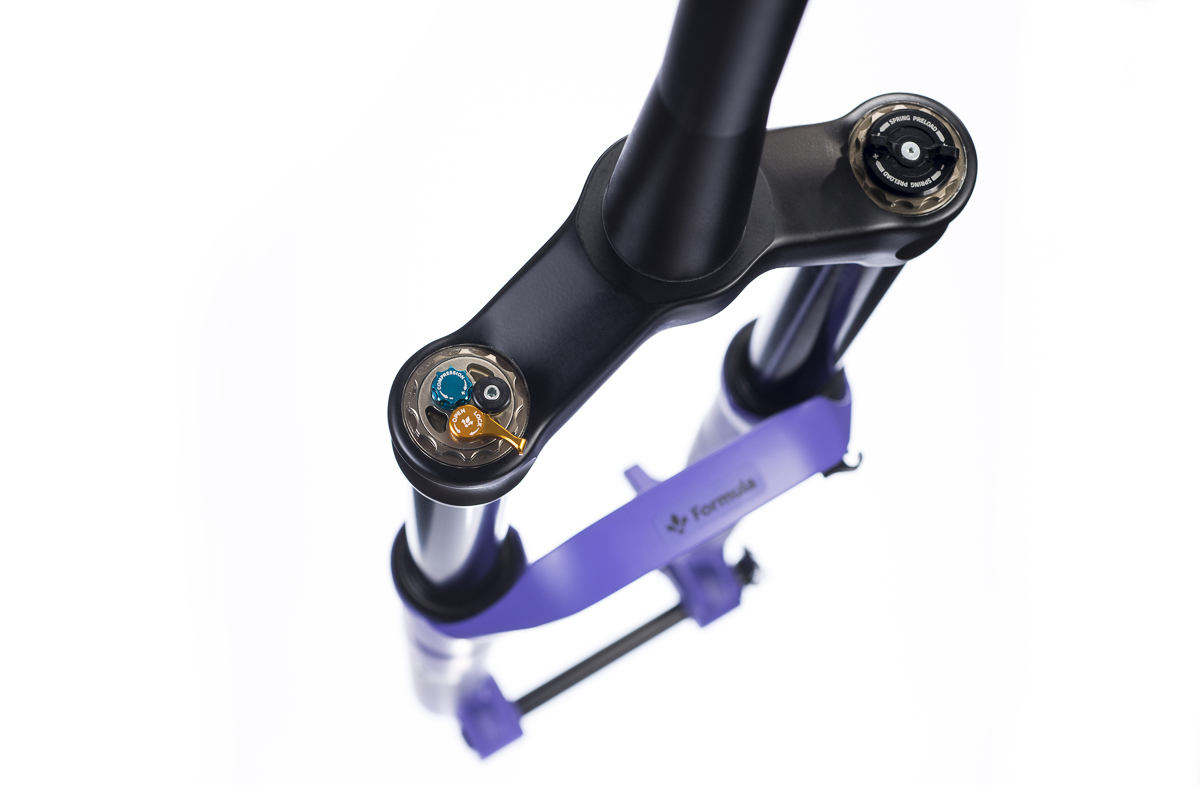
You will need to set it back before the descent, to a proper value (remember it or sign it on the suspension chart, usually present on the fork). That being said, we at Formula strongly believe in lockout, very firm actually: it drastically improves the climbing performance, and is available on almost all of our suspensions products.
The Formula blow-off valve prevents suspension damages even with the lock-out on, and furthermore saves you in case you forget to unlock it before a descent.
BOS Suspension: It depends how the dials affect the damping. If your fork is too stiff, you will lose stability on the uphills. The transmissibility in the frame of the holes, bumps on the ground will be too high. The aim of closing compression is to have a stiffer fork and avoid losing energy. An example, in hard slopes, at low speed, your fork should work to avoid wheelie.
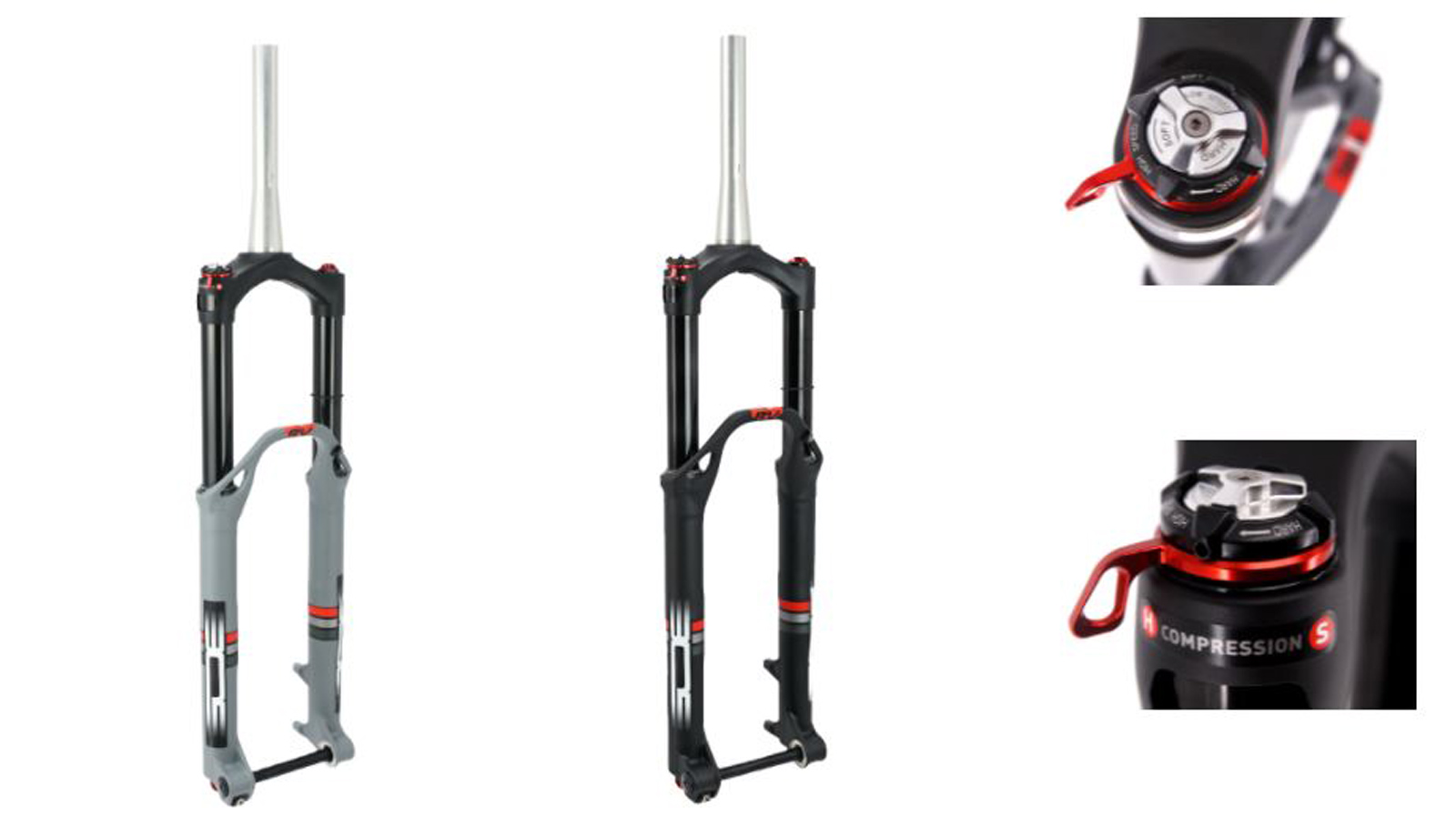
Intend: You can do that, but there are no figures that show you can save a significant amount of power if you lock out your fork. If you are in search of a single Watt, then yes, probably. For the normal rider, it does not really matter.
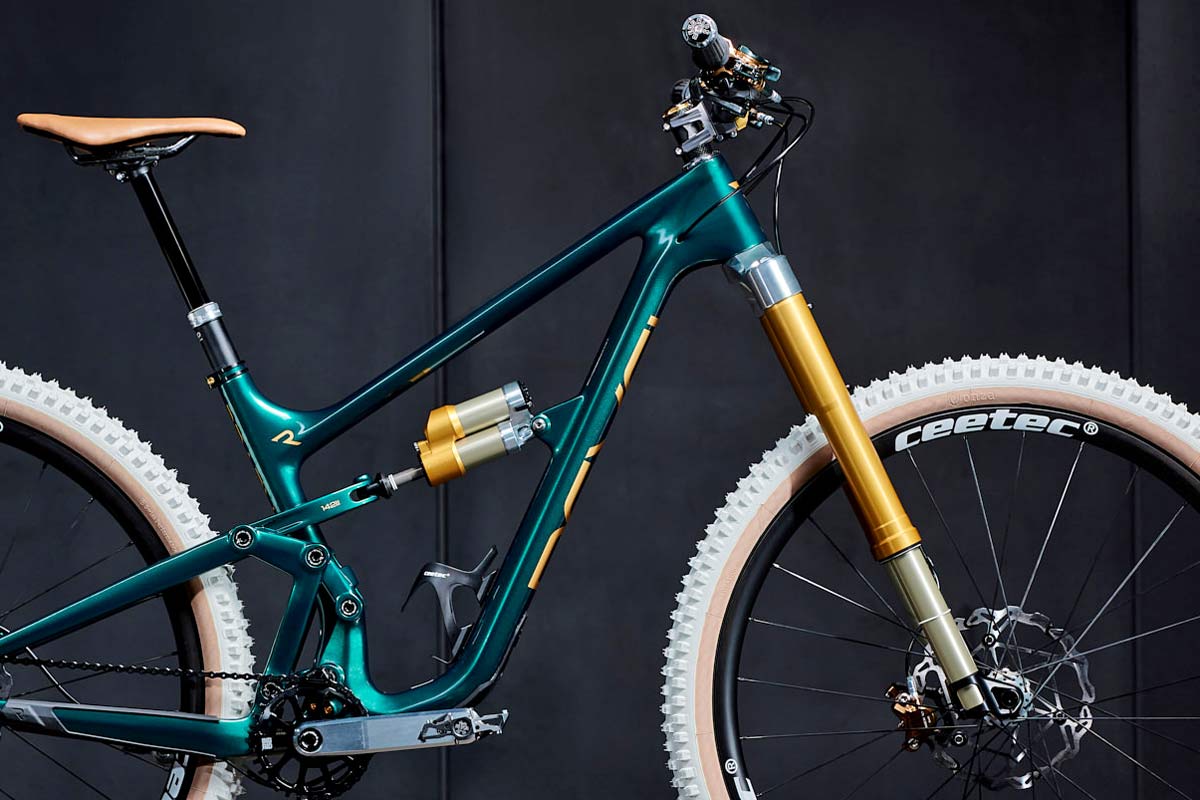
Is there any reason not to run HSC and LSC damping fully open while descending?
Formula (Luca Rossi): Yes, if you keep the compression with zero damping (fully open) on the descent, in order to have support and prevent diving on the front you would have to increase the elastic force (air or spring). At this point, when the track changes slope and returns to the flat or uphill, you will find a vehicle totally unbalanced and loaded on the rear.

Intend: Depends on your fitness. Some riders say, they are faster with harder damping. In this case it is counterproductive to open your compression damping. But, more compression damping also means more fatigue on your hands. If you are riding the whole day in a bike park, it is nice to get the first two runs at full speed with hard compression, and then you are done and… in this case it is better for your average riding to open the compression to be able to ride the whole day, not only the first two runs.
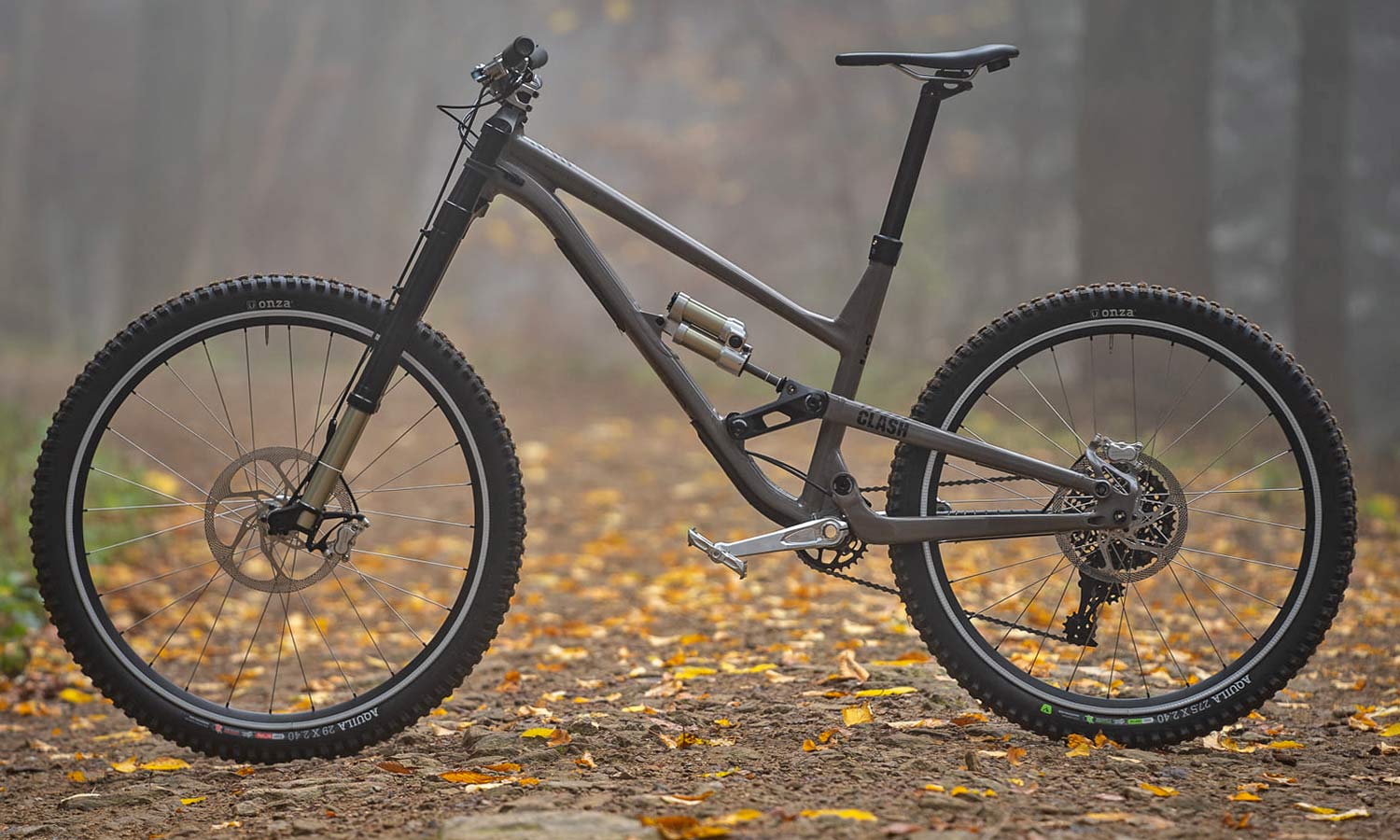
BOS Suspension: There are no reasons at all to go this way. First, you lose the support that you can get from the hydraulics; this will affect the dynamic ride height a lot.
Secondly, and most importantly, softer doesn’t mean moire comfort. Your bike needs to have a minimum of damping. There is a range of damping where the suspension works best depending on the type of tracks. Being too soft or too stiff is uncomfortable for the rider and not good for the tire grip. You have to find the “sweet spot”. Getting the tire on the ground a maximum of the time and maintaining the ride height is the key.
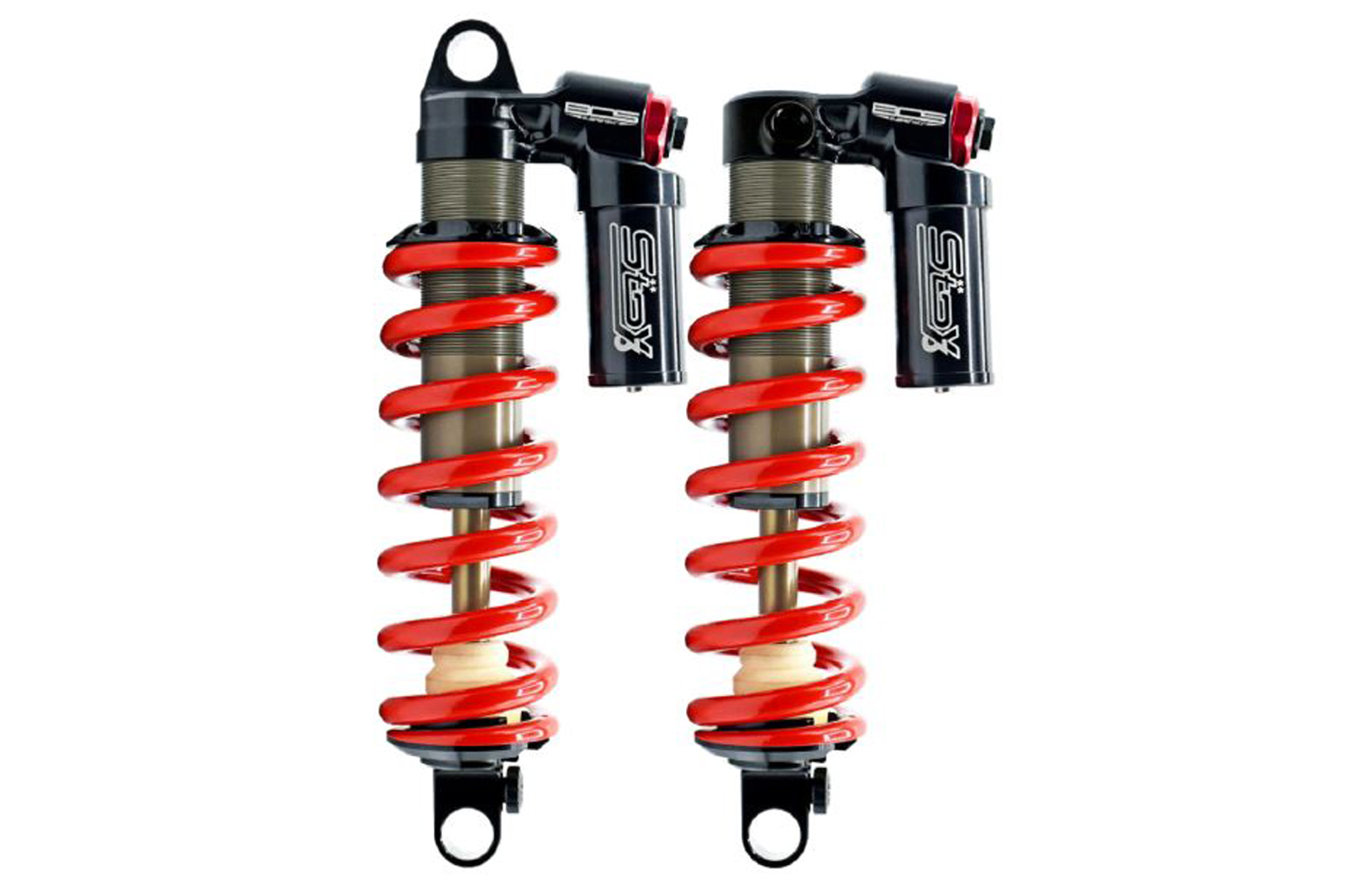
If you are too soft you can have some overshoot of the wheel. This means your suspension will use more travel than needed. Your tires will spend lots of time in the air. The bottoming-out will be an issue as well. A the opposite end of the spectrum, if you are too stiff, you will transfer the energy to the chassis and your tires will be in the air for most of the time as well.
Why do forks come with such a massive range of compression and rebound adjustment when the vast majority of settings make for a completely awful ride feel?
BOS Suspension: The reason is to be able to cover a large panel of riders and track type. This will depend of the weight of the rider and the riding style, for example. As there are a large range of pressures or spring rates, the adjusters allow the suspension to adapt to the widest range of riders, even if each rider will use a small range of the adjusters.
FOX: At FOX Factory, we engineer and build race suspension. The massive range of adjustments are available to allow for the puzzlers and tinkerers to fine-tune their suspension through testing, training and observation. While not every rider will need this, we want our end users to have the same range of adjustment that our racers do so they can fine tune themselves; HSC, LSC, HSR, LSR, with clear settings to achieve the exact feel you want every time. It’s the same tuning philosophy we take.

Formula (Giancarlo Vezzoli): Suspensions are designed for a very wide crowd, with multiple riding styles, skills, weights, fitness, bike type and trail/terrain conformation, not to mention the temperature, altitude and latitude. The meaning of ample range settings is to let people find their preferred feeling, which is obviously not unique even in the same exact conditions. You surely have experienced the ride of your friend’s bike and judged it unusable. You for sure would need to change the settings between a hot summer and a freezing winter; the oil behavior, the rubber seals, the lubes in general work differently if you drop the temperature by 20°C.

Actually the adjustment range is never enough: indeed, people need to work on the shim stack in order to tune the suspension even more finely; that’s why here at Formula we introduced the CTS system, the simplest way of tailoring the suspension behavior without being a pro mech, at a very limited cost.
Intend: This is important to give the customer the feeling that the adjuster works.
Let’s take the following as an example: you buy a fork for a normal average rider weight of 70-90 kg and it has 4 clicks of rebound adjustment.
If you are 80kg, two clicks are perfect for you, and the fork feels nice. If you are 70kg or 90kg and you need 0 clicks (=open) or 4 clicks (=closed), respectively, to adjust it to your riding style. This may feel strange, though, because you get the feeling that you are already on the limit of the fork’s adjustments.

Really, you want to have the feeling, that whether you weigh 70kg or 90kg, that you can run 2 of 8 clicks as the lighter rider, or run 6 of 8 clicks for the heavier. In this scenario, you will feel you are more in the middle of the range, although you will never use 0, 1, or 7, 8 clicks (respectively). The possibilities give you confidence that you are in the middle of the range and the setting is a better fit for you.
Marzocchi: Simplicity is why Marzocchi has a more “set it and forget it” tuning philosophy. We don’t count clicks, and we think that more time fiddling with adjustments means less time shredding the trails. We keep adjustments simple with intuitive compression sweep, from locked-out to full open and simple rebound adjustment covers the range from fast to slow rebound for a full range of rider weights and preferences without over complicating things.

Got a question of your own? Click here to use the Ask A Stupid Question form to submit questions on any cycling-related topic of your choice, and we’ll get the experts to answer them for you!


